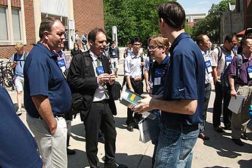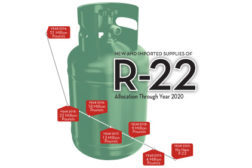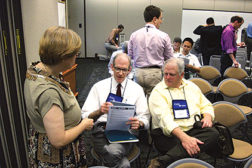Articles by Peter Powell
New and Imported R-22 Supplies Set to Decrease Annually Until Production is Prohibited in 2020
Read More
RSES Conference Focuses on Education
Technical Talks, Product Expo Dominate Five-Day Event
Read More
Naturals Get New Push at Conferences
Atmosphere America Examines Regulatory Landscape, Cost Concerns
Read More
EPA Finalizes R-22 Phaseout Plan
Final Rule Limits Production to 22 Million Pounds Starting Jan. 1, 2015
Read More
Copyright ©2024. All Rights Reserved BNP Media.
Design, CMS, Hosting & Web Development :: ePublishing








